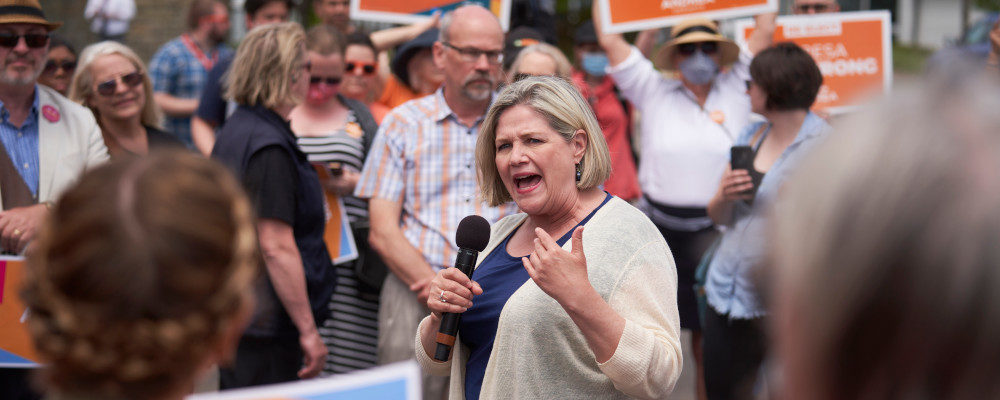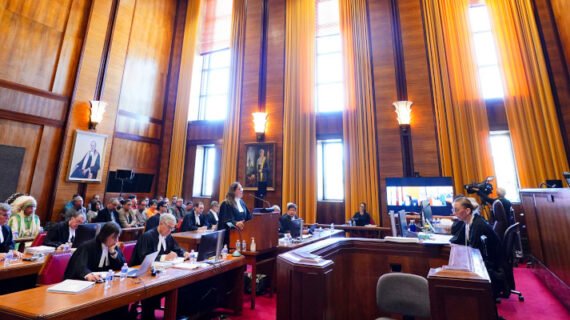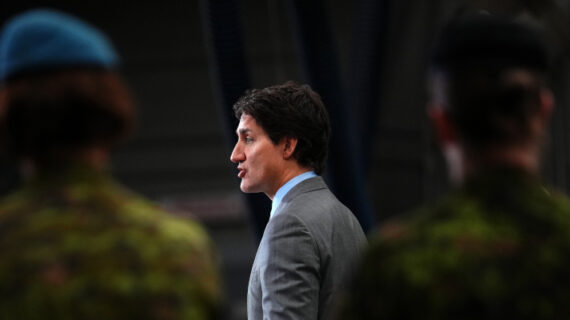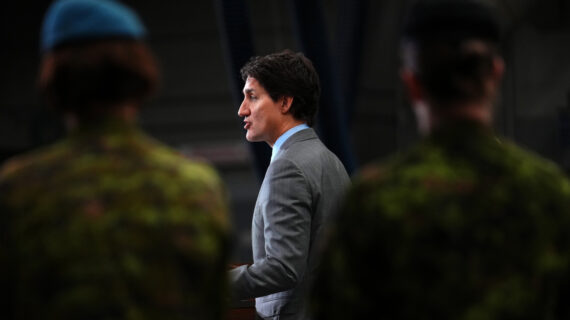In advance of today’s Ontario provincial election,1There’s a chance the New Blue Party could cost Doug Ford a majority government: Pollster https://thehub.ca/2022-05-26/new-blue-party-could-cost-doug-ford-a-majority-government-pollster/ party leaders have been crisscrossing the province to make last-minute appeals to voters. Local candidates, similarly, have been knocking on doors, posting on social media, and doing interviews with radio, television, and print media in their own ridings.
As part of these efforts, party leaders are actively trying to boost incumbents in tight races or help star candidates get over the electoral line for the first time. In recent days, for instance, we’ve seen PC Leader Doug Ford travel to Ottawa to highlight the accomplishments of Jeremy Roberts, an incumbent PC candidate for Ottawa West – Nepean, who won in 2018 by less than 200 votes. Similarly, Andrea Horwath, leader of the Ontario NDP, recently joined one of her party’s strongest candidates, Harvey Bischof, in Paris, Ontario, for her third visit to the riding during the campaign.
Yet there’s less attention paid to how local candidates may or may not leverage the profile and reputation of their respective party leader in their own election efforts. This can come in various forms such as posing for photos together, putting up campaign signs that include the leader’s name, posting about the leader on social media, or attending political debates.
The question, of course, is: what do local candidates do if they interpret their party leader to be something of a political drag? One window into how candidates interpret the political upside (or downside) of their respective party leader to their own political fortunes is by examining how often local candidates choose to incorporate party leadership in their local campaigns.
Incumbent politicians in particular have a significant interest in judging the utility of drawing on their leaders’ brand. If they lose the election, after all, they’re out of a job. Incumbents, therefore, represent a useful test group by which to see how political candidates view the strengths and weaknesses of their party leaders.
To test this theory, and to determine which party leaders are most popular in the minds of their own candidates, I downloaded public tweets by incumbent politicians in the Ontario election to see how often they have referred to their party’s leader in the run-up to election day. I analyzed more than 5,000 tweets by incumbent politicians programmatically. I chose not to analyze retweets, replies, or likes2About different types of Tweets https://help.twitter.com/en/using-twitter/types-of-tweets because these interactions are relatively undemanding, rather than an original tweet that requires intentional interaction.
I also set a few guidelines for my analysis to avoid misleading data. Some politicians, like Natalia Kusendova, Doug Downey, or Greg Rickford have not been active on Twitter during this election, and so I excluded incumbent candidates with fewer than 10 tweets during the election period. I also only considered Tweets from the formal writ period, which began on May 3rd.
The top five politicians who tweet most about their leader are all PC candidates. Monte McNaughton, for instance, the incumbent Minister from Lambton-Kent-Middlesex, tweets about Ford once every roughly 2.7 tweets on average. Rudy Cuzzetto, Sam Oosterhoff, and Peter Bethlenfalvy are similarly enthusiastic about their leader. In total, incumbent PC politicians tweeted over 350 times about, or at, Ford.
In terms of Ontario Liberal candidates, Stephen Blais, the incumbent in Orléans, tweets most about party leader Steven Del Duca, slightly more than Amanda Simard, the incumbent from Glengarry-Prescott-Russell. Considering the small caucus size of incumbent Liberal candidates who are seeking re-election, it is unsurprising that every single Liberal incumbent has, at some point, tweeted about, or at, Del Duca.
The same level of enthusiasm is not exhibited by NDP candidates. The NDP incumbents who have tweeted most about Horwath, Terence Kernaghan from London North Centre and Joel Harden from Ottawa Centre, have tweeted each about Horwath fewer than 10 times, despite tweeting over 100, and over 200, times respectively during the election period. The second most supportive incumbent, Gurratan Singh, from Brampton East, likewise has sent fewer than five tweets about his leader in over 100 campaign tweets.
There are several incumbents who, despite tweeting at least semi-regularly, have not tweeted about their leader during the campaign period. Until Horwath visited London this past Monday (May 30), Peggy Sattler, the incumbent in London West, had not tweeted about her party leader despite tweeting roughly 70 times. Wayne Gates, the incumbent from Niagara Falls, Fort Erie, and Niagara-on-the-Lake, has not tweeted about Horwath despite over 75 campaign-related tweets. Among the PCs, Laurie Scott, despite retweeting or liking posts, has not drafted a single original tweet about Ford during the campaign.
When NDP incumbents do tweet about their leader, they do so sparingly; Chris Glover of Spadina-Fort-York, Jill Andrew from Toronto-St Paul’s, and Marit Stiles in Davenport, each last tweeted about Horwath on May 3rd, the day of the election campaign commenced.
Some provincial NDP candidates have tweeted more about federal NDP leader Jagmeet Singh than their own provincial leader, including Bhutila Karpoche (Parkdale-High-Park) and Sandy Shaw (Hamilton-West Ancaster & Dundas).
Clearly, there are some limitations to this approach. Firstly, most of these candidates have retweeted their leader or tweeted an article about their leader, which is not picked up by this analysis that only examines original tweets. Secondly, people use Twitter in different ways, and some of the politicians examined have probably tasked staffers with writing tweets for them, which could result in fewer tweets that explicitly mention party leadership because of technical or social-media-related preferences.
These limitations aside, however, there is clearly a difference between Prabmeet Sarkaria, incumbent from Brampton South, sending over 20 out of roughly 50 tweets about Ford, and Jennie Stevens, incumbent from St. Catharines sending fewer than five of over 100 tweets about Horwath.
So, what’s the point of all this? Why should we care about tweets (not) sent? I think this analysis suggests that Horwath is not viewed as much of a political asset by NDP incumbents as Ford is among his incumbents.
Will Horwath’s level of perceived popularity among NDP incumbents impact today’s results? Unlikely, but it may suggest that her future as NDP leader could ultimately come into question. If it does, it will be interesting to see if the incumbents who have distanced themselves during the campaign lead the leadership review, and ultimately, seek to become her replacement.




